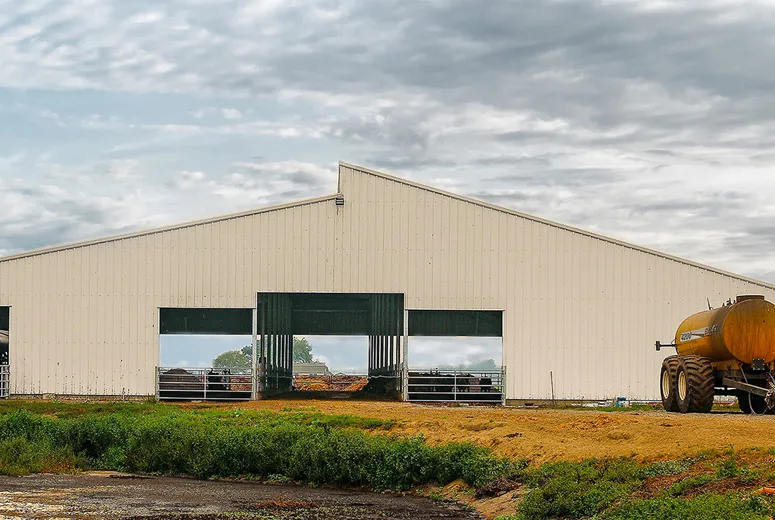- Afrikaans
- Albanian
- Amharic
- Arabic
- Armenian
- Azerbaijani
- Basque
- Belarusian
- Bengali
- Bosnian
- Bulgarian
- Catalan
- Cebuano
- Corsican
- Croatian
- Czech
- Danish
- Dutch
- English
- Esperanto
- Estonian
- Finnish
- French
- Frisian
- Galician
- Georgian
- German
- Greek
- Gujarati
- Haitian Creole
- hausa
- hawaiian
- Hebrew
- Hindi
- Miao
- Hungarian
- Icelandic
- igbo
- Indonesian
- irish
- Italian
- Japanese
- Javanese
- Kannada
- kazakh
- Khmer
- Rwandese
- Korean
- Kurdish
- Kyrgyz
- Lao
- Latin
- Latvian
- Lithuanian
- Luxembourgish
- Macedonian
- Malgashi
- Malay
- Malayalam
- Maltese
- Maori
- Marathi
- Mongolian
- Myanmar
- Nepali
- Norwegian
- Norwegian
- Occitan
- Pashto
- Persian
- Polish
- Portuguese
- Punjabi
- Romanian
- Russian
- Samoan
- Scottish Gaelic
- Serbian
- Sesotho
- Shona
- Sindhi
- Sinhala
- Slovak
- Slovenian
- Somali
- Spanish
- Sundanese
- Swahili
- Swedish
- Tagalog
- Tajik
- Tamil
- Tatar
- Telugu
- Thai
- Turkish
- Turkmen
- Ukrainian
- Urdu
- Uighur
- Uzbek
- Vietnamese
- Welsh
- Bantu
- Yiddish
- Yoruba
- Zulu
Aug . 06, 2024 09:21 Back to list
Industrial Shed Design Key Considerations for Modern Manufacturing Facilities
The design of industrial sheds is a critical aspect of modern manufacturing and warehousing industries. As businesses increasingly seek efficient and functional spaces to meet their operational needs, understanding the nuances of industrial shed design becomes paramount. This article delves into the key considerations that influence the design of industrial sheds, ensuring they are both practical and sustainable.
Firstly, the purpose of the industrial shed is perhaps the most important factor to consider. Whether the shed is intended for manufacturing, storage, or as a workshop, the design must cater specifically to its intended use. For instance, a manufacturing facility may require larger open spaces to accommodate machinery and assembly lines, while a storage shed might prioritize accessibility, with sufficient aisles for the movement of goods and equipment.
Another crucial consideration is the layout and flow of the space. An effective industrial shed design should facilitate the efficient movement of materials and personnel. Adopting a logical flow can minimize downtime, enhance productivity, and improve safety. In many cases, this involves implementing dedicated zones for receiving goods, storage, production, and dispatch. The layout should also consider the placement of windows and doors to optimize natural light and air circulation, thereby improving the working environment.
Structural integrity and materials play a significant role in industrial shed design
. Given that these structures often need to support heavy loads and withstand various environmental conditions, selecting the right materials is essential. Steel, for example, is favored for its strength and durability, while precast concrete can offer excellent fire resistance and thermal insulation. Furthermore, the design must comply with local building codes and safety regulations to ensure the structural safety of the shed.industrial shed design

Sustainability has become increasingly important in industrial shed design, reflecting a global push towards eco-friendliness. Incorporating sustainable practices can lead not only to environmental benefits but also to long-term cost savings. Features such as rainwater harvesting systems, solar panels, and energy-efficient lighting can significantly reduce a facility's carbon footprint. Designing sheds with proper insulation can also decrease energy consumption by maintaining a stable internal temperature, thus reducing heating and cooling costs.
Another significant aspect of industrial shed design is the use of technology. In today's fast-paced industrial environment, integrating advanced technology can enhance efficiency and productivity. For example, incorporating smart sensors for monitoring equipment or utilizing automated inventory systems can streamline operations. Moreover, designing spaces that can accommodate future technological upgrades will ensure the facility remains relevant and efficient as innovations emerge.
Safety and compliance cannot be overlooked in industrial shed design. Employers must prioritize the safety of their workers by incorporating safety features such as adequate fire exits, emergency lighting, and proper ventilation systems. Regular safety audits and adherence to health regulations are critical to maintaining a safe working environment.
Finally, the location of the industrial shed is another vital consideration. Proximity to major transport hubs, suppliers, and skilled labor can significantly affect operational efficiency. Accessibility to road networks, railroads, and ports ensures that goods can be moved swiftly and cost-effectively, which is crucial for competitive advantage in the market.
In conclusion, industrial shed design is a multi-faceted process that requires careful consideration of various factors, including functionality, layout, materials, sustainability, technology, safety, and location. By prioritizing these elements, businesses can create industrial sheds that not only enhance operational capabilities but also contribute positively to the environment and the well-being of their workforce. As the manufacturing landscape continues to evolve, embracing innovative design principles will be essential for future success.
-
Steel Frame Factory with Insulated Roof Panels
NewsAug.14,2025
-
Prefab Metal Building with Insulation Package Options
NewsAug.14,2025
-
Industrial Steel Sheds for Temporary Workshop Use
NewsAug.14,2025
-
Metal Workshops Featuring Corrugated Steel Roofs
NewsAug.14,2025
-
Modular Steel Frame Excellence: Our Pursuit of Perfection
NewsAug.14,2025
-
Metal Garage Kits Crafted with Customer Satisfaction at Heart
NewsAug.14,2025
Products categories
Our Latest News
We have a professional design team and an excellent production and construction team.












